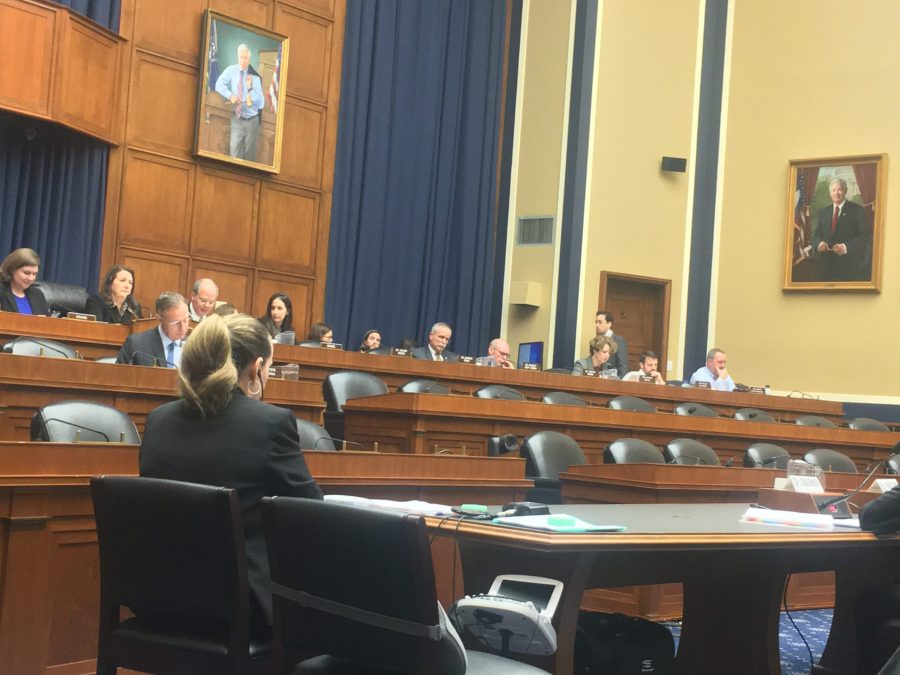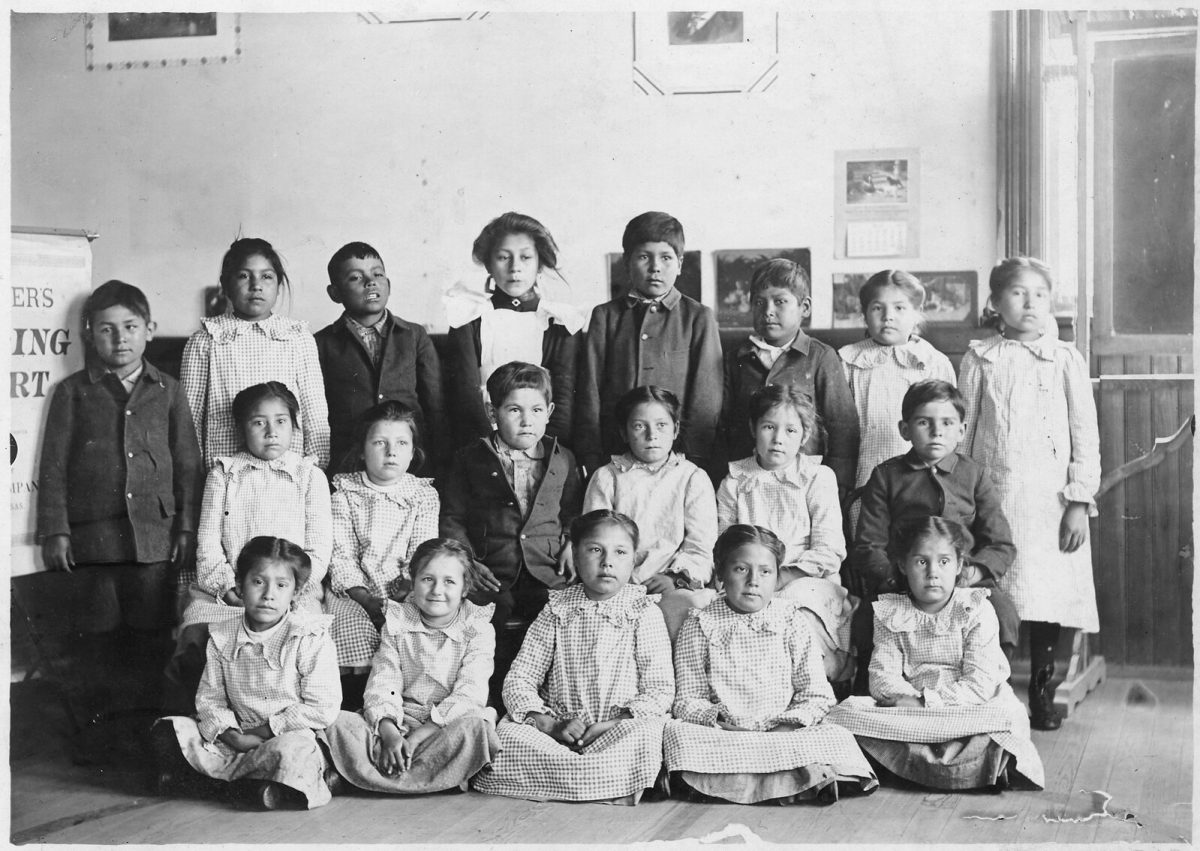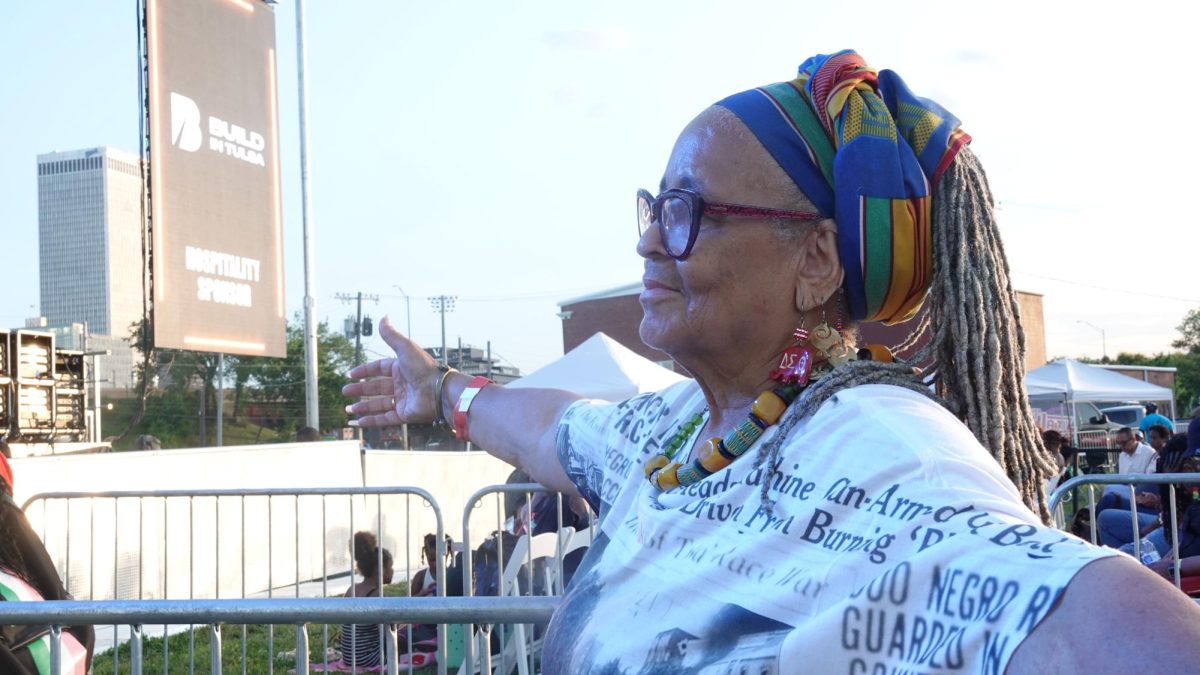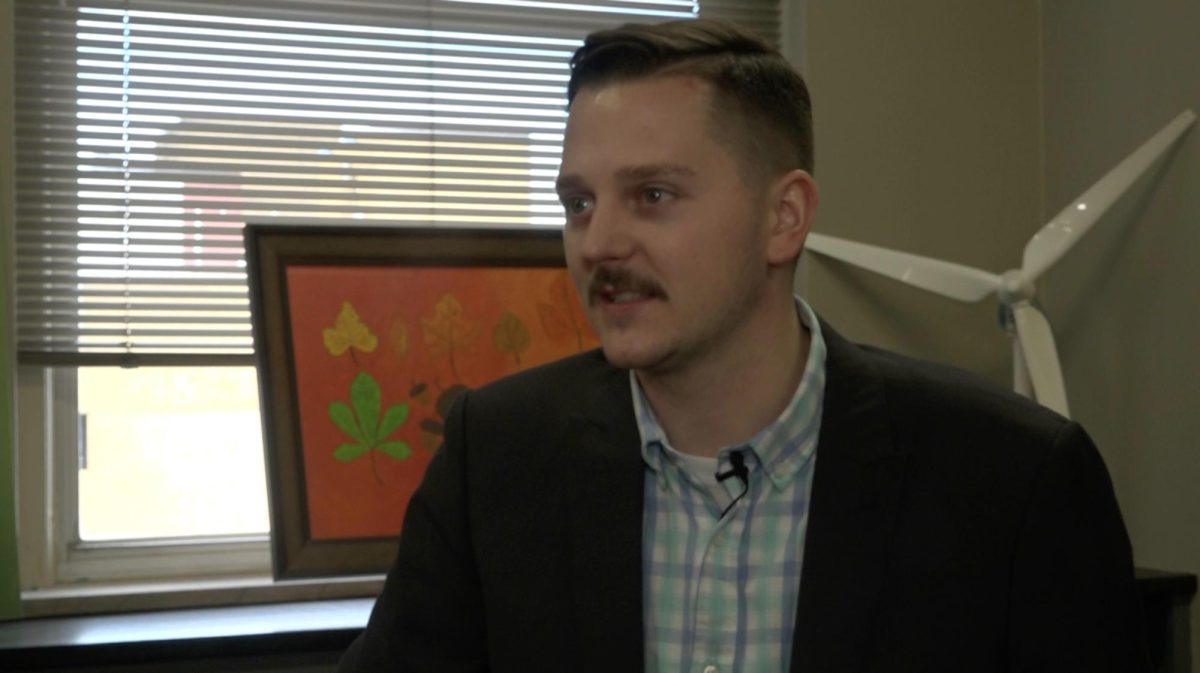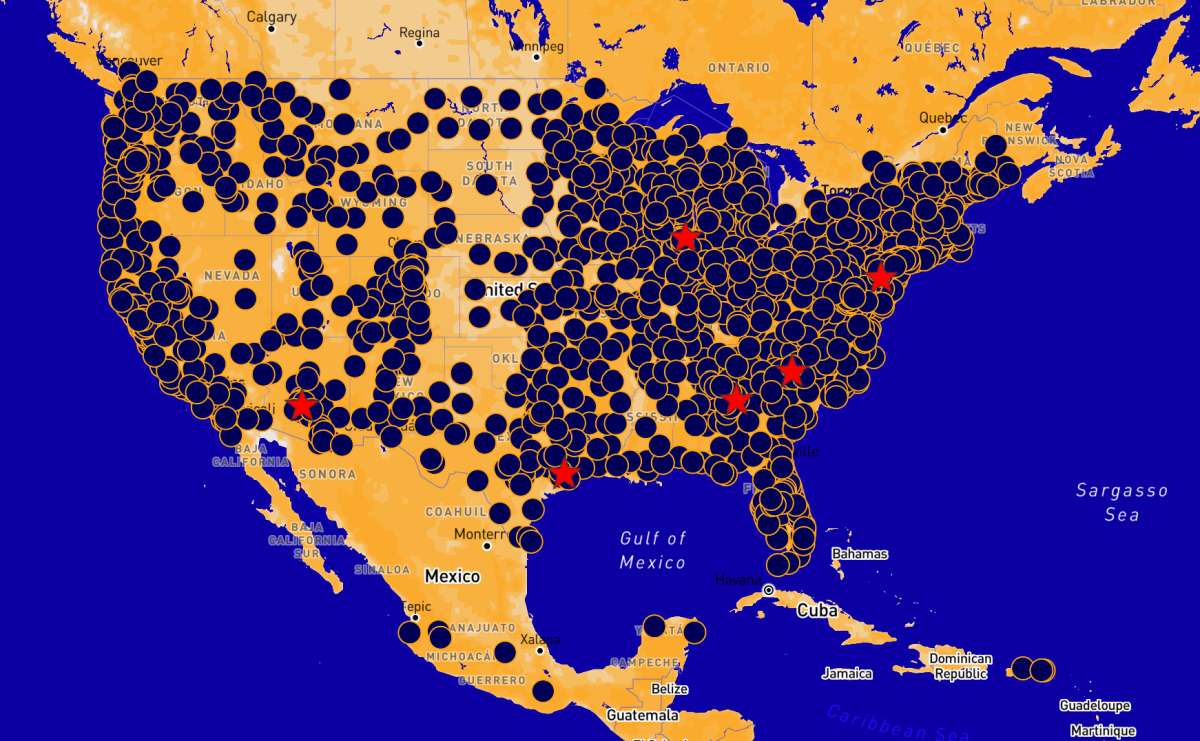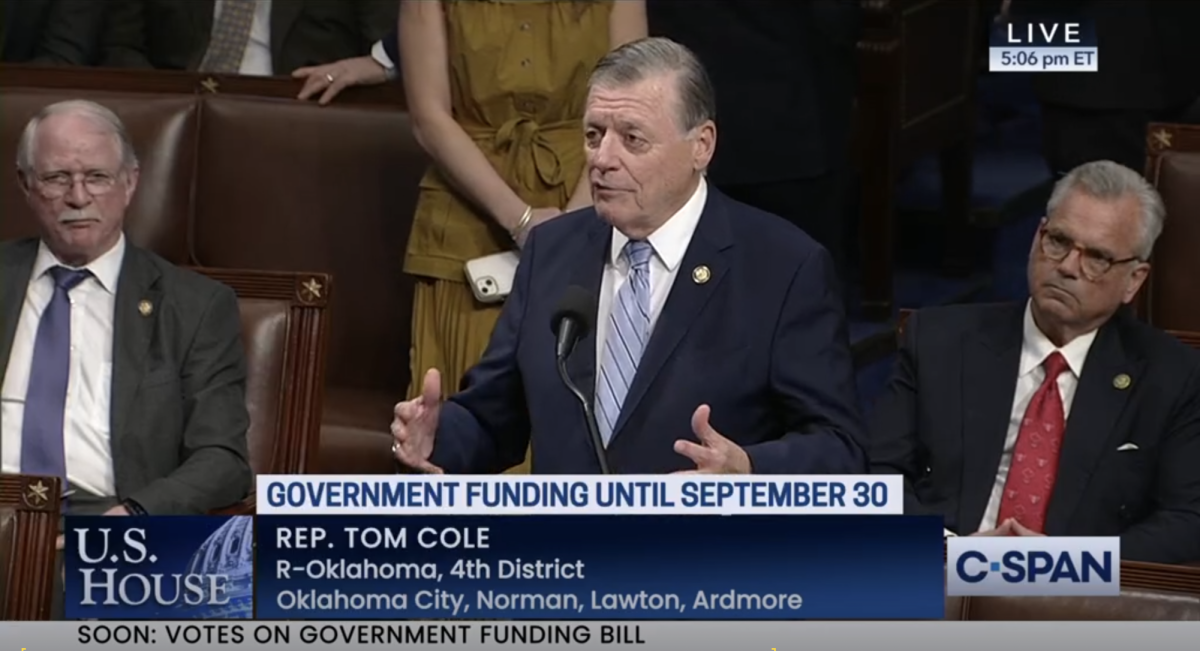WASHINGTON –Two years after more than 60,000 people died from the flu, the federal government said it is no closer to solving distribution problems that created shortages again this year of the high-dose vaccine designed for senior citizens.
This flu season is the worst Oklahoma has had at the same point in the past decade, according to the Centers for Disease Control.
Compounding the problems are a reliance upon a production method that prevents manufacturers from quickly shifting the three- or four-strain vaccine to better target the most prevalent strains of the influenza season, producing a concern that the vaccine could be ineffective as was the case in 2017-2018.
“[The World Health Organization] was a month behind in releasing the information regarding the strains that should be included in this year’s flu vaccine, then being a month behind created a cascade effect to the manufacturers,” said Kellie Clark, Oklahoma State Department of Health immunization service nurse.
“The manufacturers are very clear, there was no shortage this year, there was only a delay in getting the vaccine out to the public,” she said.
While about 40% of all vaccines were delayed, one of the delays included the senior high-dose vaccine.
Seniors make up between 70 and 85% of flu deaths. About 70% of hospitalizations from the flu occur in seniors, according to the CDC.
“Seniors are often the first of our population that are in line for a flu vaccine every year, and seniors as a whole are very savvy about healthcare related issues,” Clark said.
So far this flu season, 141 Oklahomans have been hospitalized and three have died. Two of those who died were older than 65, and the other was between 50 and 64, according to the state health department.

Clark said Oklahoma now has enough vaccine to distribute to seniors. Doctors emphasized that getting vaccinated with a non-senior vaccine is better than not being vaccinated at all during a Congressional hearing by the House Committee on Energy and Commerce.
The high-dose vaccine has four times the amount of antigen protein that causes the immune system to respond, according to the OSDH.
“The thought process is that as people get older, sometimes their immune systems become more sluggish,” Clark said. “We feel that we need to administer extra antigen to be able to elicit the same immune response in a 65-year-old that you might get in a 16- year-old or 26-year-old.”
Clark said the normal vaccine has three different strains of the flu, but the senior vaccine has four.
Because doctors recommended seniors get the general vaccine if the high-dose wasn’t available, many seniors have already received the general vaccine. Clark said they may have a difficult time finding seniors who need a vaccination now that the delay is over.
“We’re going to have to work extra hard to be able to utilize this high-dose vaccine just because of the delay,” Clark said.
President Donald Trump signed an executive order to modernize flu vaccines in September. One of the ways the U.S. could quicken distribution is by eliminating the need for developing the vaccine in eggs, said Anthony S. Fauci, director of the National Institute of Allergy and Infectious Diseases National Institutes of Health.
“This [making vaccines by using eggs] is a time-honored but time-consuming process,” Fauci said. The executive order also set a goal to make a universal vaccine so people will not have to get vaccinated annually.
Just as in the 2017-2018 flu season when 61,000 people died, there is a concern that this year’s vaccine might not be well-matched because the selections the WHO made for the southern hemisphere suggest half the strains selected may not reach their full protective potential, according to Scientific American.
Scientists determined the potential mismatch because flu season in the southern hemisphere usually precedes the U.S. season. The effectiveness of vaccines in the south may give clinicians in the north a sneak peak to this flu season, according to Pharmacy Times.
Most local doctors can provide a vaccination, but information on where to get a vaccine can be found here.
The flu is more widespread in the Tulsa and northeast parts of Oklahoma, according to the state department of health.
Gaylord News is a reporting project of the Gaylord College of Journalism and Mass Communication at the University of Oklahoma.

